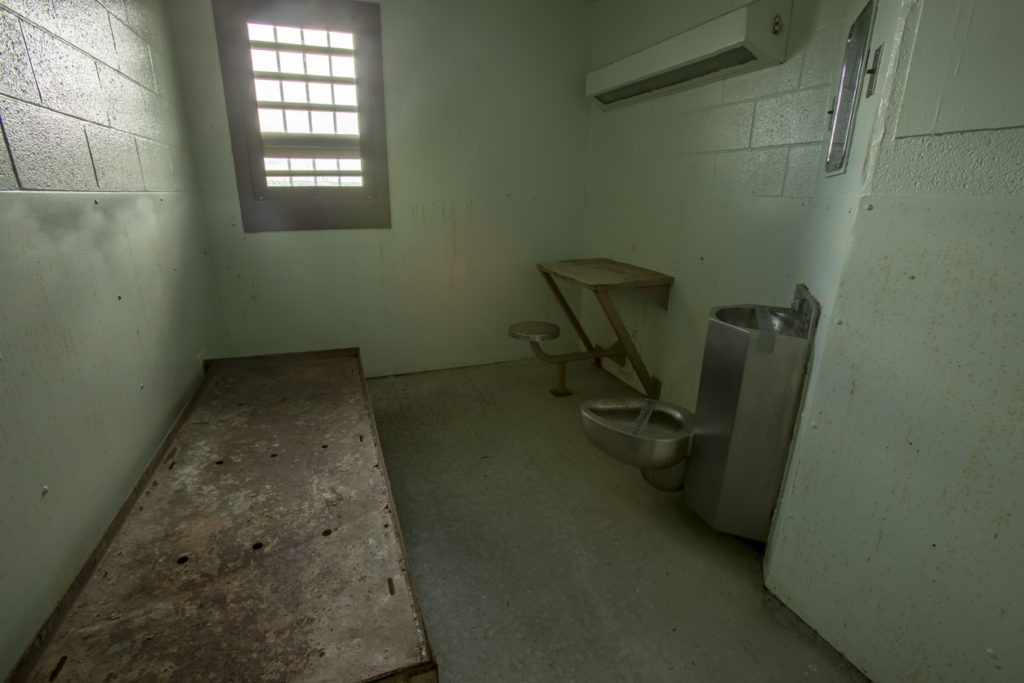Is Death by Hypothermia the Latest Restraint Chair Atrocity in a US Jail? -Pt2

Helpless Inmates in Restraint Chairs are Often Pepper-Sprayed
Numerous watchdog groups and exposés have uncovered alarming stories related to restraint chairs. A common theme is that inmates in county and city jails are pepper-sprayed while helplessly immobilized in one of these restrictive devices. Specifics on some of those stories are to follow in this series after a focus on what restraint chairs are and how they should be used, etc.
What is a Restraint Chair?
A company claiming that the restraint chair is the most popular method of inmate restraint in US jails provides insights to help define what a restraint chair is. Those insights follow below and in this ongoing series, and they include references to the rules for using restraints as established by the Texas Commission on Jail Standards. Those rules are found in Title 37, Part 9, Chapter 273, and Rule §273.6-Restraints in the Texas Administrative Code:
- A restraint chair is made for the specific purpose of preventing an inmate from escaping, harming themselves, harming others, or causing significant damage to property. Rule §273.6 mentions these purposes with the exception of using restraints to prevent damage to property. However, the protection of property is also mentioned as a purpose for use in a section on restraints under Part 11, which pertains to the Texas Juvenile Justice Department.
- A restraint chair is a method of gaining control of an inmate, and it should only be used when all other approved methods of restraint have been determined to be ineffective. Rule §273.6(2) says that an inmate’s movements must be restricted only to the degree necessary to prevent injurious behavior. And when feasible, padded or soft restraints should be used.
- Restraint chairs are tools that should never be used as a form of punishment or to unjustly cause physical pain. Rule §273.6(2) also specifies that inmates cannot be restrained in a manner or position that would worsen any physical infirmities.
Learn more in Part 1 and this ongoing series.
Helping inmates by providing pertinent resources is the purpose of this website. There is no intention of accusing organizations or individuals of engaging in misdeeds.
–Guest Contributor
